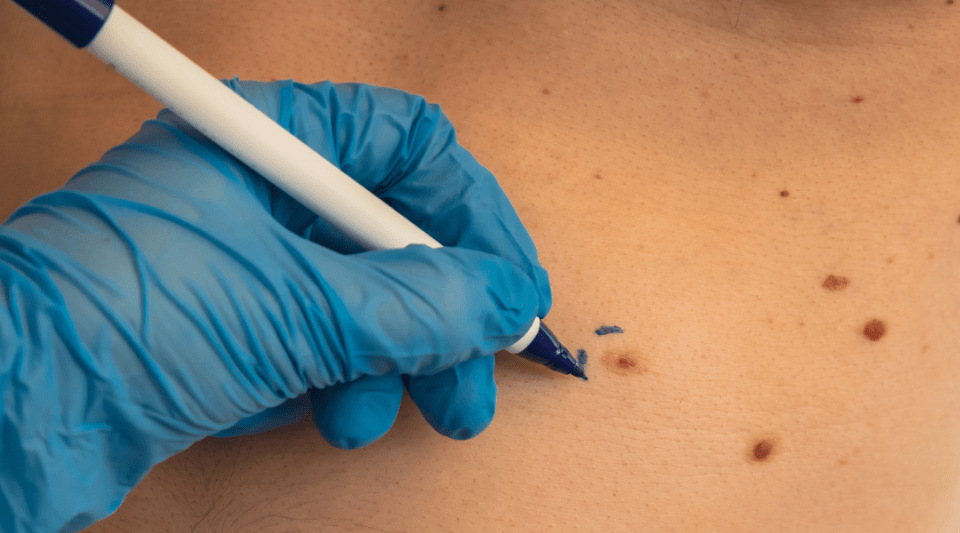The neonatal metabolic screening programme, better known as the heel prick, is a blood test that is currently carried out on the vast majority of newborns. The aim is to detect serious diseases from birth to be able to treat them early, thus preventing sequelae and guaranteeing a better quality of life for the newborn. The diseases the test detects are mostly very rare genetic and/or endocrine disorders, which may be present from birth, even if the child has no symptoms.
The 25 diseases included in the neonatal metabolic screening programme are:
- Congenital hypothyroidism
- Cystic fibrosis
- Phenylketonuria
- 5 amino acid metabolism disorders
- 8 organic acid metabolism disorders
- 6 fatty acid metabolism disorders
- Sickle cell disease
- Severe combined immunodeficiency
- Biotinidase deficiency disorder
Screening can also detect genetic alterations related to diseases that will never develop in healthy babies, as well as diseases not included in the programme. In the latter case, the same procedure is followed as for the rest of the diseases.
How is the test performed?
The heel prick test consists of making a superficial puncture in a heel of the newborn. A few drops of blood are taken and impregnated on absorbent paper, approved on both sides, before being sent to the laboratory for analysis. In addition to sampling the blood, data are taken from both the baby and the family, which receives the results obtained after about three weeks. The best time to do this test is 48 hours after birth, at the hospital where the baby was born.
Sequelae for the babies include residual pain and a small bruise around the puncture site, which disappears after a few days. As testing is done so early, the vast majority of babies will not develop any of the diseases in the programme, or at least not develop sequelae; thus providing them with a better quality of life. These benefits are what makes the test so important.






